Puca Pucara stands out as a captivating historical site near Cusco, Peru. Its name, translating to ‘Red Fortress’, hints at its past military importance. Visitors marvel at the remains of walls, terraces, and staircases. They reflect the strategic design of the Incas. Scholars believe it served as a guard post along the Incan road system. It was a place to rest for travelers and an administrative center. Tales of ceremonial practices also emerge from its storied past. This site provides an invaluable window into ancient Incan civilization.
Historical Places
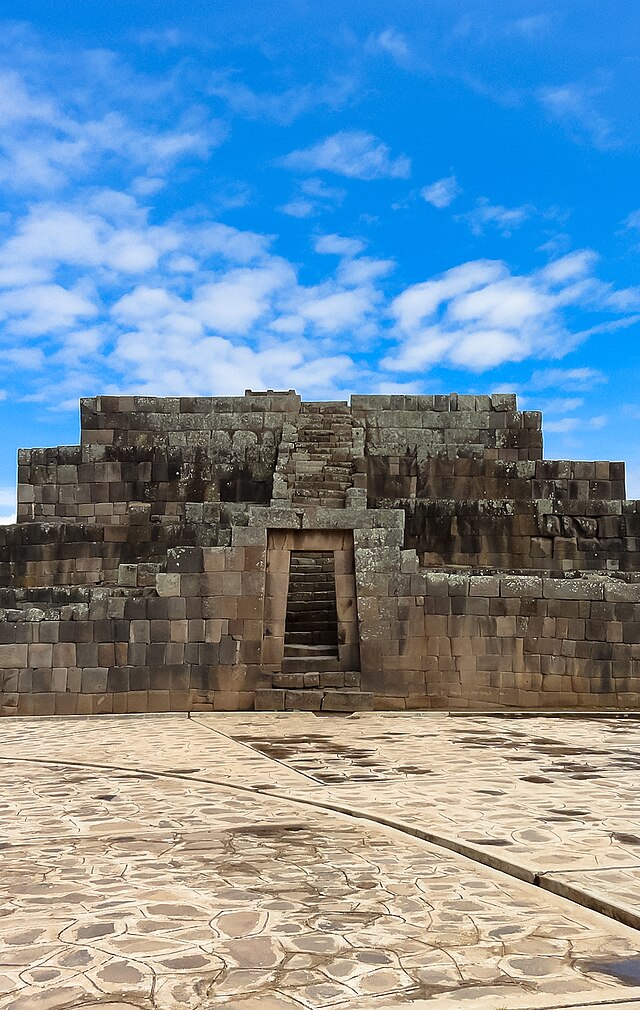
Vilcashuamán
Vilcashuamán, nestled in the Andes, stands out as a testament to Inca engineering and culture. This ancient site once served as an administrative center, showcasing the Inca’s strategic urban planning. Each structure had a purpose, from religious ceremonies to astronomic observation. Today, travelers can marvel at the Temple of the Sun and the ushnu, or ceremonial platform. These remain stark reminders of the Inca’s reverence for nature and their deities. The solid stonework and precise alignment with celestial bodies highlight their mastery over the environment. By exploring Vilcashuamán, we gain insight into the Inca civilization’s advanced societal structure and deep-rooted spirituality.
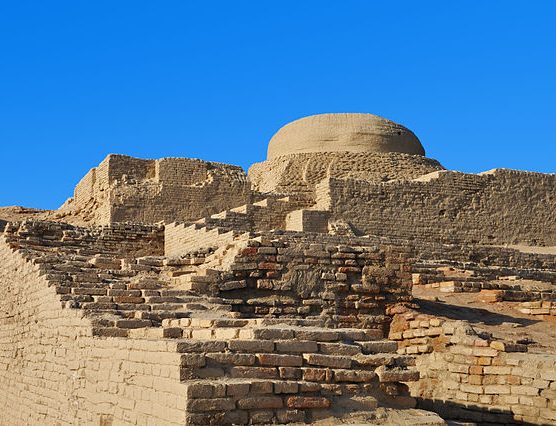
Mohenjo Daro
Unveiling the past, Mohenjo Daro stands as a testament to ancient urban planning and civilization in the Indus Valley. This archaeological marvel was one of the world’s earliest major cities. It thrived around 2600 BCE, well-planned with remarkable drainage systems and baked-brick houses. Explorers today marvel at the Great Bath, a central structure believed to hold religious significance. This once-bustling metropolis offers a unique window into early life, highlighting the ingenuity of its inhabitants.
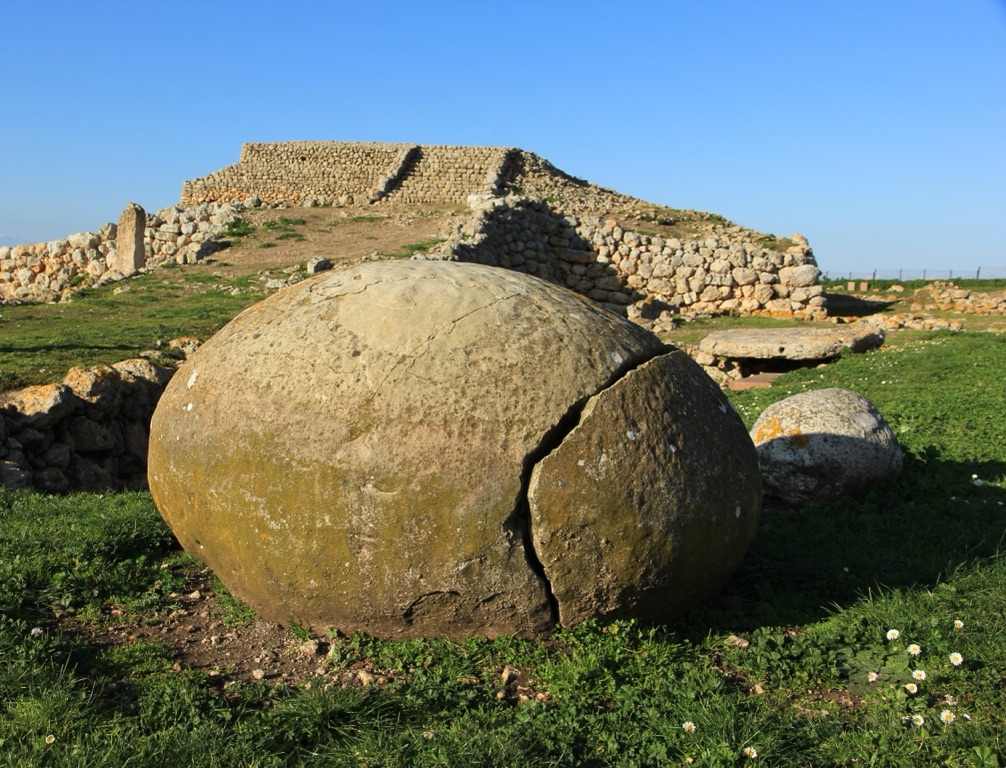
Monte d’Accoddi
Monte d’Accoddi is a captivating prehistoric site located in Sardinia, Italy. It showcases the advanced Neolithic and Copper Age cultures that flourished in the region. The site is notably home to a massive stone platform, resembling a stepped pyramid. This unique feature reflects the early sacred architecture usually found in Mesopotamia. Researchers believe Monte d’Accoddi had a ceremonial role, attracting visitors far and wide. Its exact function, however, remains shrouded in mystery. The plateau’s design and the artifacts found there indicate a complex society with significant ritualistic practices.
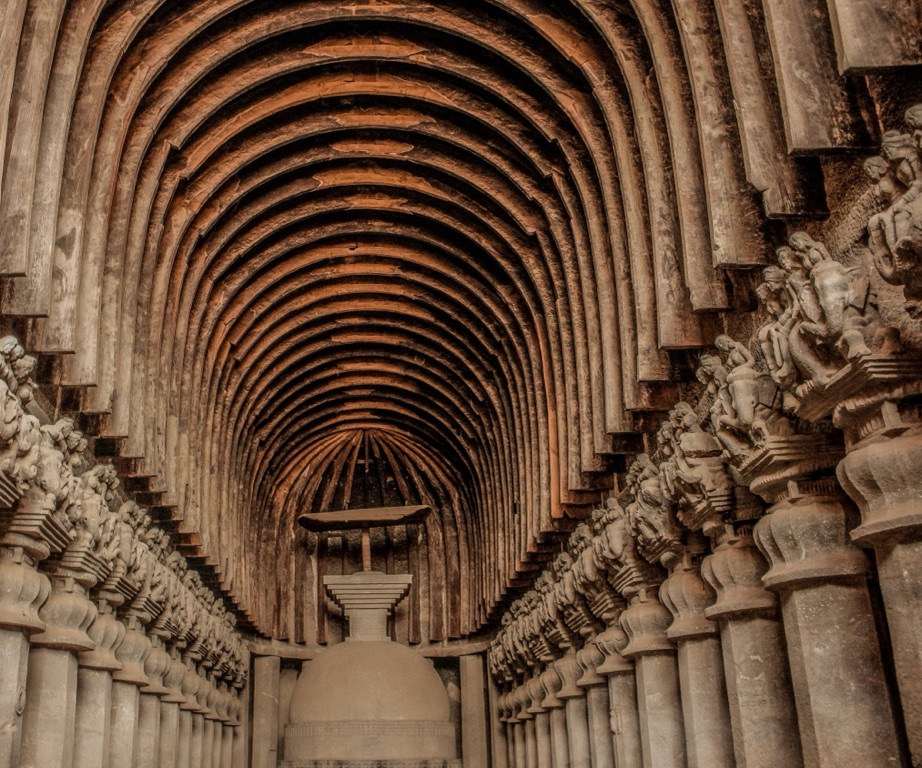
Karla Caves
Embark on a journey to the remarkable Karla Caves, and unravel the mysteries of ancient India. These caves, nestled in the Sahyadri Hills near Lonavala, Maharashtra, showcase the brilliance of Buddhist architecture. Carved from solid rock, they date back to the 2nd century BC. Visitors are greeted by an awe-inspiring chaitya, the largest in India, with its wooden arched roof still intact. Intricate carvings and inscriptions tell tales of a flourishing trade route and the patronage of the Hinayana sect of Buddhism. These historical marvels provide a unique glimpse into the religious and cultural life of ancient times.
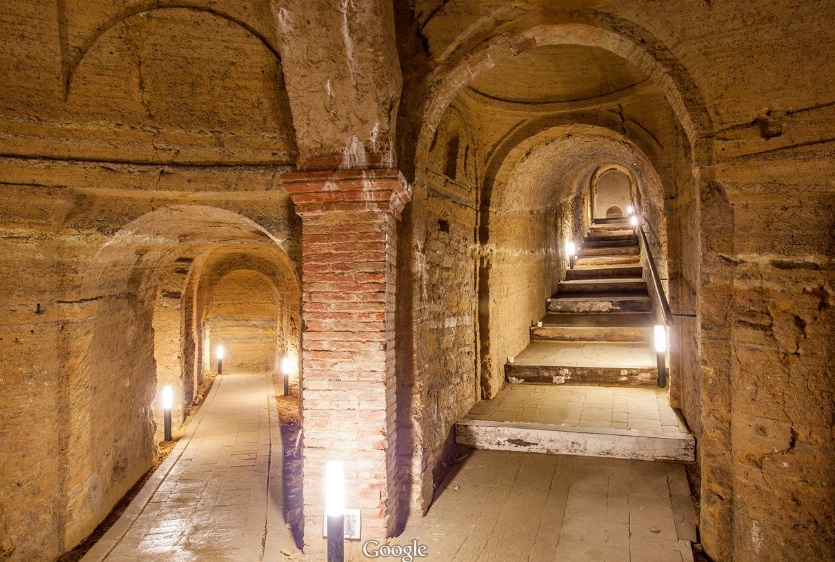
Grotte di Camerano
The Grotte di Camerano is an enigmatic underground labyrinth located in the heart of Italy. These ancient caves are a testament to the area’s historical depth and the human spirit’s ingenuity. They stretch beneath the town of Camerano, offering a spellbinding look into past civilizations. Visitors can marvel at the intricate network of passageways and rooms carved out of sandstone. These chambers once served varied purposes, from religious rituals to defensive hideouts. The air of mystery surrounding the grottoes’ original use still lingers, drawing in curious explorers and history enthusiasts alike.

